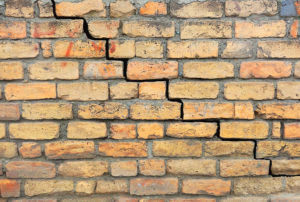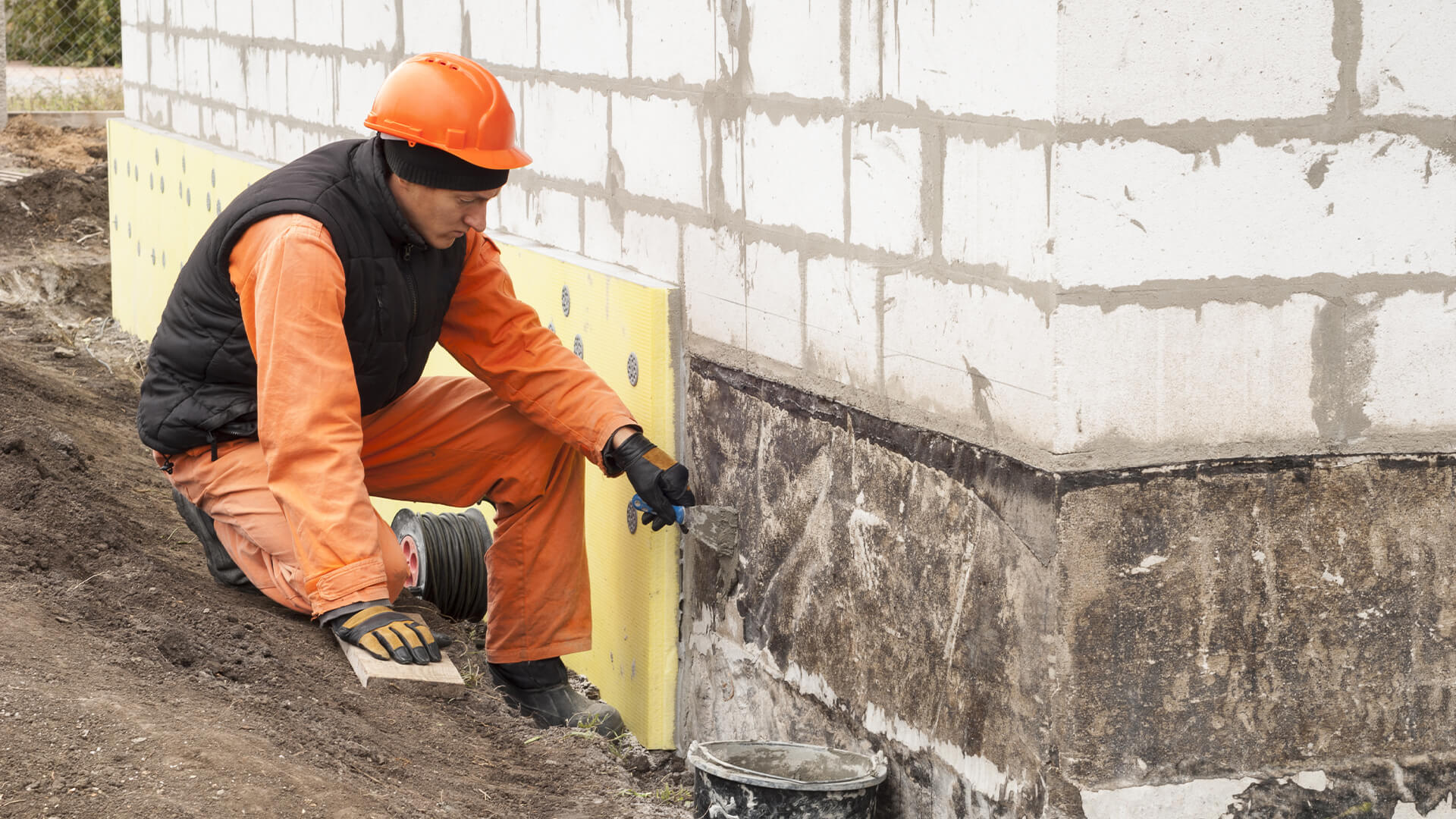FCS Foundation Repair Dallas Historical Home Foundation Repair: Protecting the Past with Modern Solutions
Wiki Article
Structure Repair Techniques: A Detailed Review
Foundation Repair Service Techniques: A Comprehensive IntroductionFoundation problems can create significant architectural damage to structures, compromising their stability and safety. Understanding structure repair work strategies is critical for property owners, contractors, and designers involved in building and construction and maintenance tasks. This detailed overview gives a thorough assessment of numerous approaches utilized to address structure troubles, guaranteeing a secure and strong structure for any type of structure.
The guide covers necessary methods such as slab jacking, pier and light beam reinforcement, basement wall surface anchoring, soil stablizing, and foundation base. Each method is discussed extensive, highlighting its efficiency, application, and function. FCS Foundation Repair Dallas Historical Home Foundation Repair. Furthermore, the review goes over factors to consider when picking the proper repair work method, such as dirt conditions, building type, and monetary restraints
Whether you are a homeowner seeking to attend to structure concerns or a professional in the construction market, this detailed introduction works as a valuable resource, offering crucial knowledge and insights right into foundation repair techniques.
Piece Jacking
Piece jacking, frequently utilized as a reputable and often used approach, elevates sunken concrete pieces by infusing a stabilizing material underneath, successfully recovering the foundation to its original degree. This strategy is commonly utilized in circumstances where the ground has actually settled or shifted, triggering concrete pieces to sink or come to be uneven. Slab jacking is an economical option to entirely replacing the concrete, as it deals with the origin cause of the trouble and supplies a long-lasting solution.
Among the significant benefits of slab jacking is its minimally intrusive nature. The small holes drilled for the injection procedure can conveniently be covered, leaving no visible indicators of repair service. Additionally, slab jacking can be finished promptly, usually within a day, reducing disturbance to the homeowner. This strategy appropriates for a large range of concrete structures, including driveways, pathways, patios, and basement floorings.
Pier and Beam Reinforcement
One more typically utilized strategy in foundation repair service is pier and beam of light support, which builds on the previous method of piece jacking to provide extra structural support and stability to the structure. This technique is particularly beneficial in locations with weak dirt conditions or when the structure has actually suffered considerable damages.Pier and light beam reinforcement includes setting up upright concrete or steel piers underneath the structure to transfer the weight of the framework to deeper, a lot more stable dirt layers. These piers are strategically positioned along the perimeter of the structure and at interior bearing walls to equally distribute the lots and prevent additional settlement.
To enhance the beams, added steel or concrete supports are contributed to reinforce and maintain the existing beam of lights. This is done by attaching steel braces or beam of lights to the existing beams and safeguarding them with screws or other bolts. The reinforcement materials are picked based on the particular requirements of the structure and the degree of the damage.
Pier and beam of light reinforcement not just supplies instant support to the structure yet also aids to avoid future settlement and structural damage. FCS Foundation Repair Dallas Historical Home Foundation Repair. By redistributing the load and moving it to stronger soil layers, this strategy ensures the lasting stability and integrity of the foundation
Basement Wall Anchoring
Cellar wall surface anchoring is a crucial method used in structure repair service to improve the security and architectural honesty of the structure, especially in areas vulnerable to dirt movement and cellar wall surface failure. When the soil around a foundation experiences excessive moisture or shifts as a result of geological elements, it can exert considerable stress on the basement wall surfaces, wikipedia reference triggering them to crack, bow, and even collapse. This can cause serious architectural concerns and jeopardize the safety of the whole structure.Cellar wall securing includes mounting specialized supports or helical tiebacks right into the ground beside the foundation walls. These anchors are developed to permeate deep right into stable dirt or bedrock, producing a strong link in between the ground and the foundation. By dispersing the lots of the structure evenly and resisting the side pressures put in by the dirt, basement wall anchoring offers additional assistance and avoids more activity or degeneration of the walls.
There are various types of basement wall surface securing systems offered, including steel wall supports, helical tiebacks, and carbon fiber straps. The selection of system depends on factors such as the intensity of the wall movement, soil problems, and the certain needs of the foundation. Expert foundation fixing contractors analyze these elements and recommend the most suitable securing remedy for each and every special scenario.
Dirt Stablizing
To resolve the challenges of dirt motion and make certain the security of structures, soil stablizing techniques are used in foundation repair. Soil stabilization refers to the procedure of improving the granite foundation repair residential properties of the soil to improve its load-bearing capability and lower its vulnerability to motion. There are several approaches used for soil stablizing, each customized to the specific features of the soil and the requirements of the foundation.
Mechanical stablizing is another widely utilized method that involves the physical modification of the dirt. This method consists of methods such as compaction, which raises the density of the soil, and soil substitute, which involves getting rid of weak soil and check changing it with even more stable products.
In addition, soil stabilization might additionally entail the usage of geosynthetic products like geotextiles, geocells, or geogrids. These products are positioned within the dirt to reinforce it and disperse the load more evenly, decreasing the risk of negotiation or heave.
Structure Support
How can foundation base efficiently attend to the difficulties of soil activity and make certain the stability of structures? Foundation underpinning is a strategy used to enhance and maintain existing structures that have actually been influenced by soil activity. This approach includes expanding the depth or breadth of the structure to a much more stable dirt layer or rearranging the tons across a larger area, consequently improving its load-bearing ability.There are numerous types of foundation support methods typically used in the industry. One approach is mass concrete foundation, where new concrete is poured underneath the existing foundation to boost its deepness and stability. Another method is beam and base support, which includes constructing reinforced concrete light beams beneath the existing structure, moving the load to much deeper, much more secure dirts.
Helical pile support is likewise generally used. It includes mounting helical heaps right into the ground under the structure, which give additional support and security. These piles are screwed into the soil and can be utilized to move the lots of the structure to more experienced dirt layers.
Conclusion
In conclusion, foundation repair methods play an important function in maintaining the architectural stability of buildings. Piece jacking, pier and beam reinforcement, cellar wall anchoring, dirt stablizing, and foundation support are all efficient approaches utilized to address structure issues. By implementing these methods, building proprietors can guarantee the security and safety and security of their structures for years ahead.Cellar wall surface anchoring is a vital technique made use of in structure repair work to enhance the security and structural stability of the foundation, specifically in areas vulnerable to soil activity and basement wall failure.To deal with the challenges of dirt movement and ensure the security of structures, soil stablizing strategies are employed in structure repair service. There are a number of methods used for dirt stabilization, each customized to the particular attributes of the soil and the requirements of the foundation.
Structure base is a strategy made use of to enhance and stabilize existing structures that have been impacted by dirt motion. Piece jacking, pier and light beam reinforcement, cellar wall surface anchoring, dirt stabilization, and foundation base are all effective methods utilized to address foundation issues.
Report this wiki page